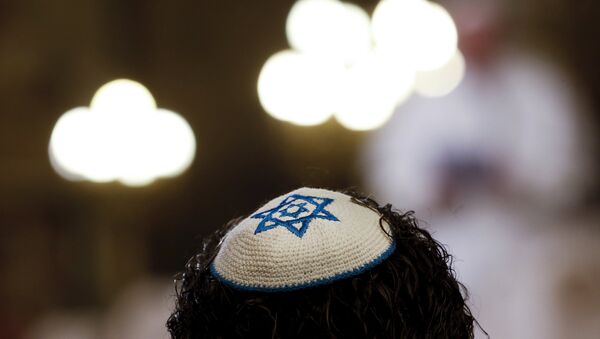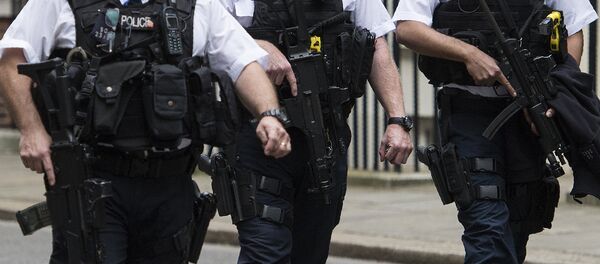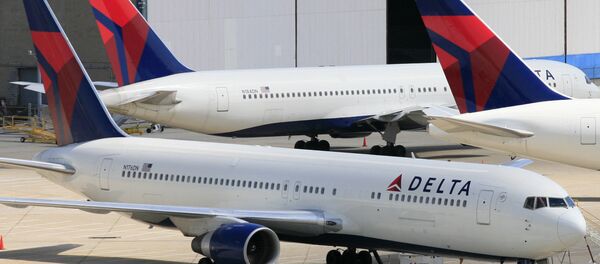The increase in anti-semitic incidents in 2017 is the highest registered increase by the organization since it began collecting such data from victims, law enforcement and local Jewish organizations in 1979.
There were 1,986 recorded anti-semitic incidents throughout the US in 2017, compared to 1,267 incidents in 2016. The league's previous record for anti-semitic incidents in the US came in 1994, a year that saw violent clashes between Israelis and Palestinians in the West Bank and the signing of a peace treaty between Israel and Jordan.
"We've never had a moment like this," said Jonathan Greenblatt, chief executive of the New York-based group, according to the LA Times. "We've seen so much intolerance sneak into the public."
For the first time since 2010, at least one incident took place in every single US state. The states with the highest number of incidents were those with the largest Jewish populations, including New York, California and New Jersey.
The largest increase in anti-semitic incidents manifest as acts of vandalism. There were 952 vandalism-related incidents in 2017, an 86 percent increase compared to 2016. In addition, there were 1,015 reports of harassment, a 41 percent increase from 2016.
Out of all the harassment reports in 2017, 163 of them involved bomb threats against Jewish institutions — but one individual may have been responsible for nearly all of them. In March 2017, a 19-year-old Israeli-American was arrested in Ashkelon, Israel, for making around 150 bomb threats to Jewish schools and other centers during the first few months of 2017. The man had been rejected from the Israeli Army for mental health issues and his defense attorney said his client also suffered from brain tumor that may have impacted his behavior. According to Israeli law enforcement officials, the man used advanced technology to disguise his voice and conceal the fact that he was making the calls from Israel.
The number of physical assaults decreased from 36 in 2016 to 19 in 2017, a decline of 47 percent.
In the report, the Anti-Defamation League states that the 2016 presidential election and the "heightened political atmosphere" is a likely explanation for the rise in anti-semitism and white supremacy in the US.
"Hate groups and white supremacists feel emboldened and they are not just coming out online but are also getting involved in political campaigns," Greenblatt told the LA Times, pointing to white supremacists such as those who participated in the Charlottesville, Virginia, "Unite the Right" rally last August.
"Anti-semitism is the canary in the coal mine. It often augurs other forms of bias — xenophobia, misogyny, racism," Greenblatt said.
In addition, US President Donald Trump has been sluggish to condemn anti-semitic attacks, even going so far as to retweet white supremacists like former Grand Wizard of the Ku Klux Klan David Duke during his campaign.
Trump was also criticized last year for not mentioning Jewish people in a statement on January 27, Holocaust Remembrance Day. He did, however, mention Jewish people on the 2018 Holocaust Remembrance Day last month. The president was also criticized for not speaking out more forcefully during the 2017 wave of bomb threats.
Trump has repeatedly denied having anti-semitic sentiments, reiterating that he has Jewish grandchildren and claiming that he is the "least-anti-semitic person you've ever seen in your entire life."
The Israeli Diaspora Affairs Ministry's annual report on anti-semitism, which was published in January, also reported that the total number of hate incidents against Jewish people across the world increased in 2017.
In addition, a report released this month by the Southern Poverty Law Center found that the number of hate groups in the US increased 4 percent between 2016 and 2017. Within white supremacist groups, neo-Nazi groups had the highest growth, increasing in number by 22 percent in 2017 as compared to 2016.




